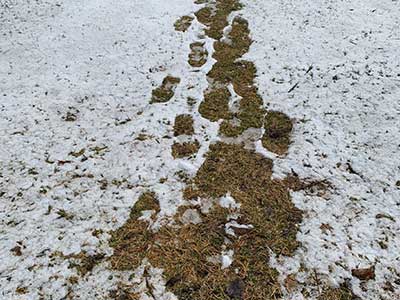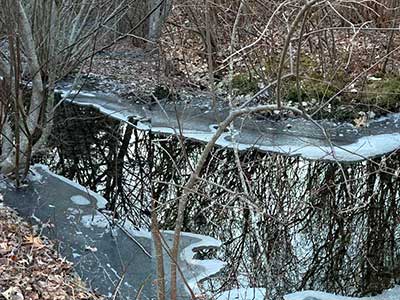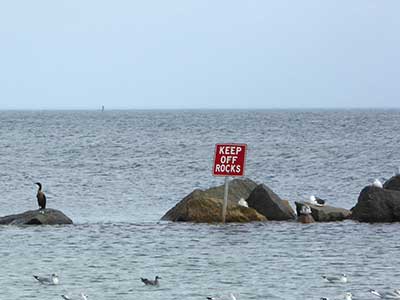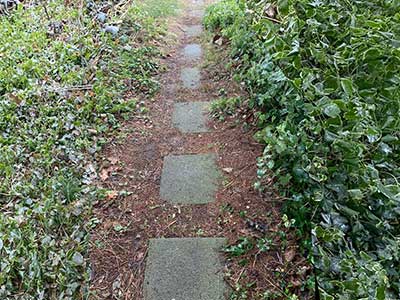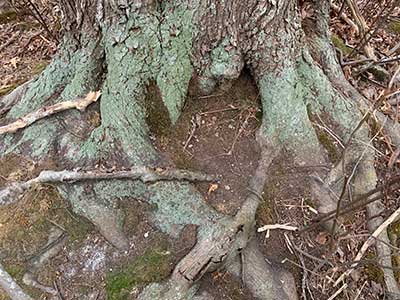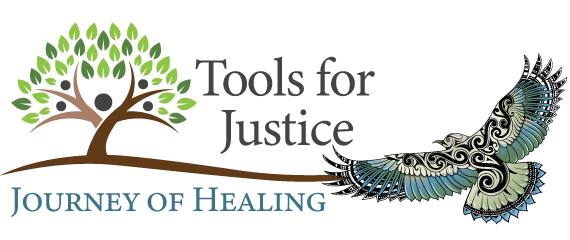Wholeness
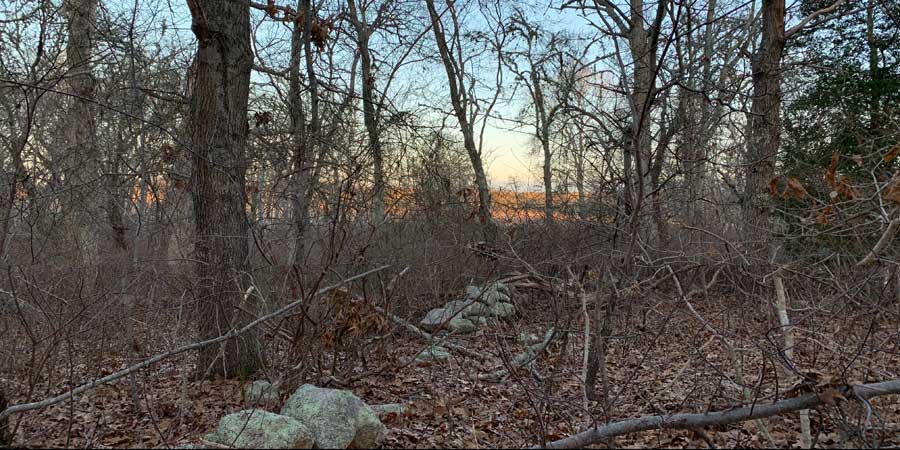
What Truth and Reconciliation Looks Like in Practice
Excerpt from the article…
Historical, generational trauma cannot be overcome by slogans, marches, or performative allyship. Determining who suffers from racially oriented, systemic harm cannot be measured by an evaluation of skin tone. The harms done to communities of color across the country expand well beyond the Black community and deep into Native, Hispanic, and immigrant communities.
We are now 528 years after Columbus’ unfortunate arrival in the Caribbean and the enslavement of the Native population, 401 years after the first enslaved Africans arrived on these shores. The deficit and trauma will not be reconciled in a week, a month, or a year.
What, then, does real, lasting reconciliation look like, among groups of people who have never been unified in the first place?
n 2015, the Maine Wabanaki-Child Welfare Truth and Reconciliation Commission (TRC) released a report finding and acknowledging that the state of Maine committed a cultural genocide against its Native peoples — the Wabanaki — by forcibly removing Native children from their homes and placing them with white families.




